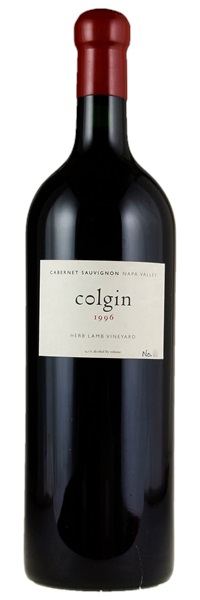Light writing on label
Removed from a professional wine storage facility; Purchased direct from winery; Consignor is original owner

Image above is an example. To view the image of the lot, click the item number.
Estimate
...aromas of licorice and exotic Asian spices emerge as the wine sits in the glass. Extremely full-bodied and rich...
Big, ripe, rich and beefy, in a high-extract style delivering currant, bayleaf, black cherry and tar notes, this California collectible is complex, concentrated and firmly tannic, holding its focus.
Penetrating aromas of cassis, black cherry, licorice and shoe polish;.. Superb purity of dark berry flavor, complicated by mineral and spice notes.